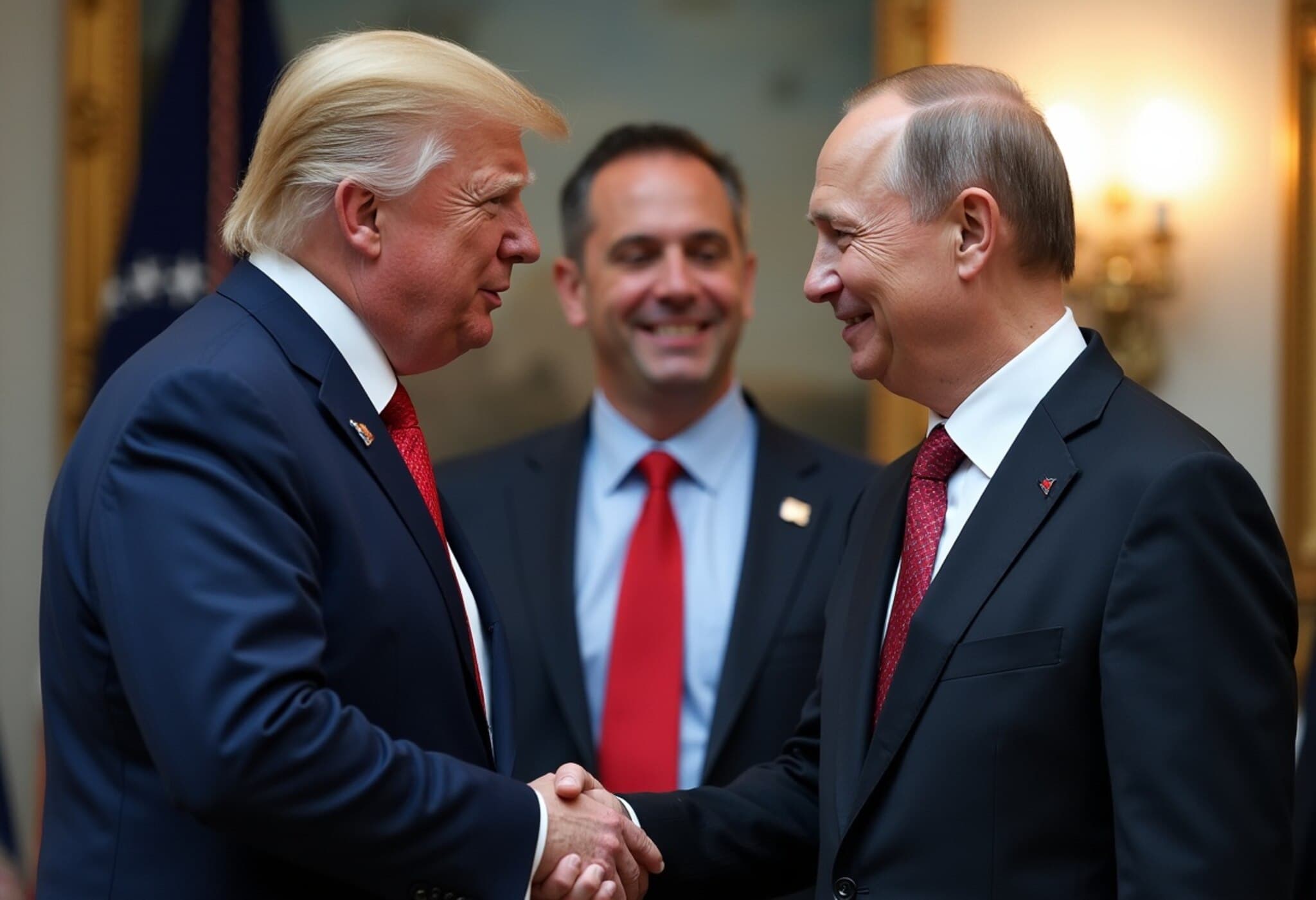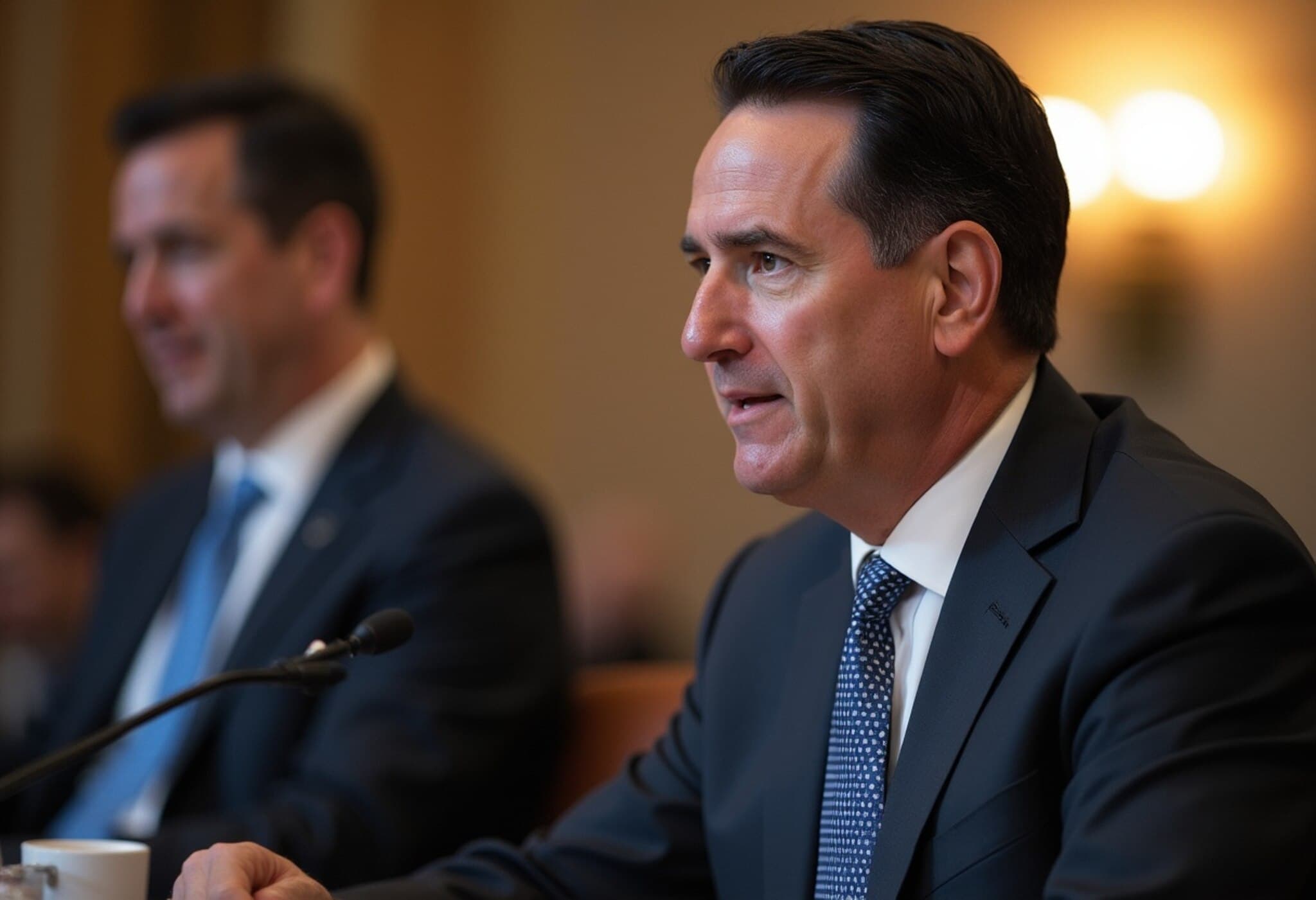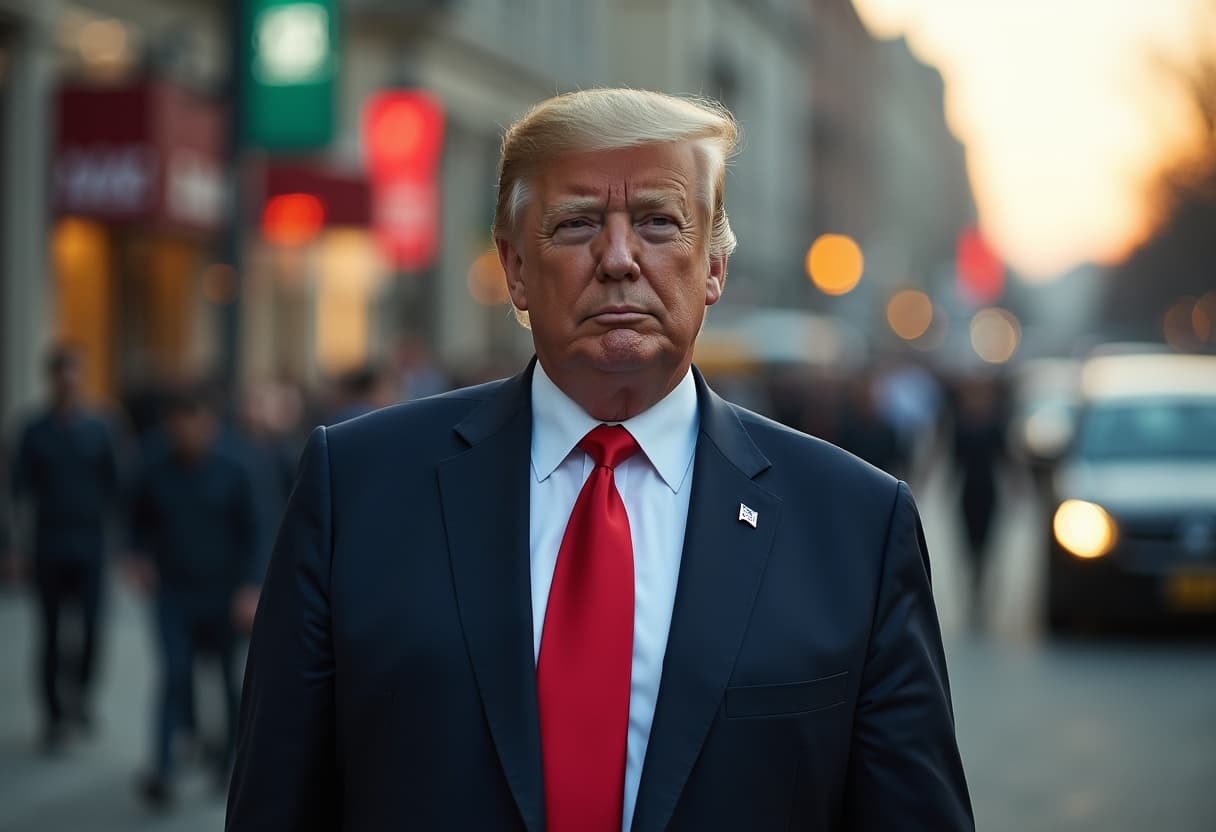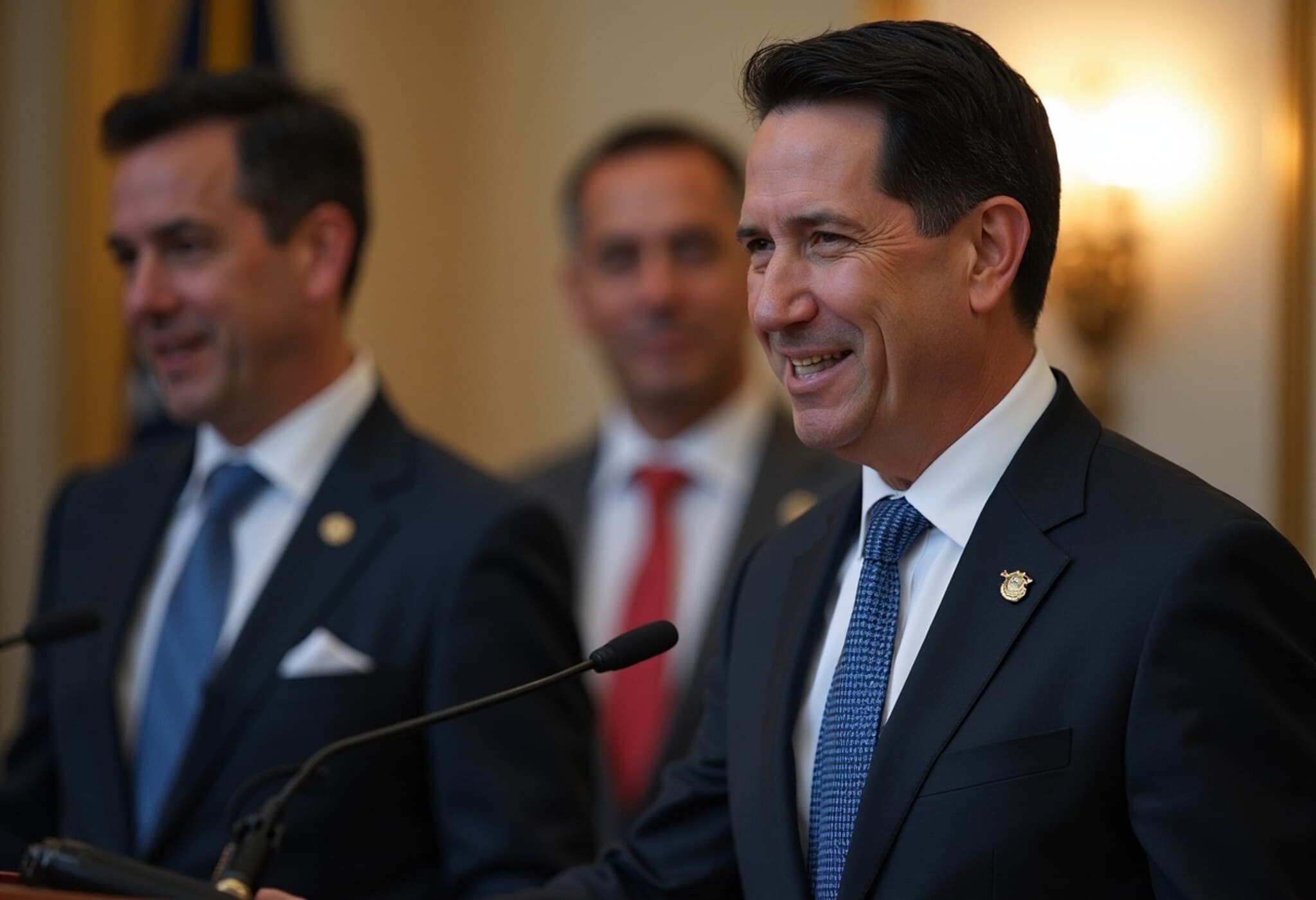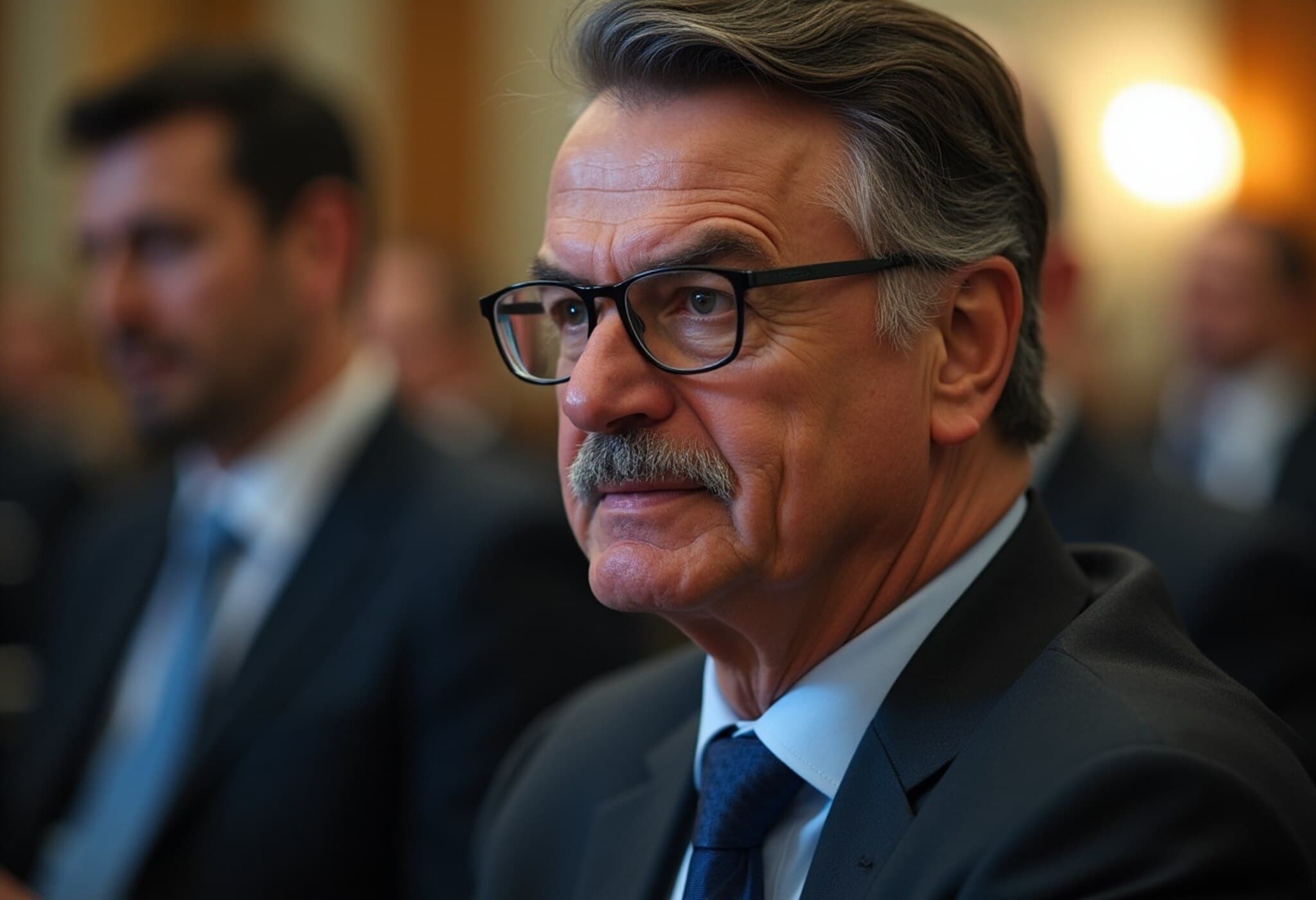U.S. Shifts Strategy: Military Force Against Latin American Drug Cartels
In a significant policy pivot, the U.S. government has designated several notorious Latin American drug cartels as terrorist organizations, directing the Pentagon to prepare for possible military action. This unprecedented move raises complex legal, diplomatic, and operational questions about American intervention in the region.
Despite the announcement, details on potential military operations remain vague, with Mexico's president firmly rejecting any U.S. military presence within her country's borders. This development reflects heightened tensions over drug trafficking and organized crime impacting U.S. national security.
Understanding the Cartels Deemed Terrorists by the U.S.
The Sinaloa Cartel: Mexico’s Notorious Powerhouse
Rooted in Sinaloa State, this group was founded by Joaquín "El Chapo" Guzmán and Ismael "El Mayo" Zambada—two of the most infamous figures in narcotrafficking history. Operating a vast network from local cells to international operators, the cartel remains a dominant fentanyl supplier to the U.S., exacerbating the opioid crisis that has devastated American communities.
Though El Chapo is imprisoned in the U.S. and internal betrayals have unsettled the cartel, it continues to demonstrate resilience, highlighting the herculean task the U.S. faces in dismantling entrenched criminal enterprises.
Jalisco New Generation Cartel (CJNG): Rising Rival with Global Reach
The CJNG, based in Jalisco State, has aggressively expanded its influence, rivaling the Sinaloa Cartel and even forging uneasy alliances with factions linked to El Chapo's family. Beyond drugs, CJNG is deeply embedded in Mexico's economy through real estate and money laundering, with footprints stretching as far as Southeast Asia and Australia.
Known for brutal tactics, CJNG’s alleged role in political assassinations and recruitment operations underscores how intertwined cartel power is with regional instability.
Cartel del Noreste: Evolution of Zetas’ Legacy
Emerging from the violent Zetas cartel, Cartel del Noreste operates primarily in northeastern Mexico and across the U.S.-Mexico border. Their involvement in trafficking and exploiting migrants exposes a dark underbelly of human rights abuses, shedding light on the multidimensional threats posed by such groups beyond narcotics.
Tren de Aragua: A Venezuelan Network Targeting Vulnerable Migrants
Originating from a prison in Venezuela, Tren de Aragua has expanded across Latin America predicated on kidnapping and trafficking migrants—often Venezuelan asylum seekers fleeing political repression. The Biden administration has recently classified them as a transnational criminal organization, with some U.S. arrests highlighting their reach.
This group’s alleged links to Venezuela's government illustrate complex geopolitical dimensions that challenge straightforward counter-narcotics efforts.
MS-13: From Los Angeles Streets to Central American Stronghold
MS-13 started in Los Angeles among Salvadoran immigrants in the 1980s and has since shifted its power base to Central America. The gang was among the first U.S. Treasury-designated transnational criminal organizations.
Despite President Nayib Bukele’s rigorous crackdown in El Salvador, allegations of corruption pacts between government officials and MS-13 members complicate efforts to eradicate gang violence. The collaboration with the U.S. on deportations further nuances this geopolitical web.
The Gulf Cartel: Mexico’s Old Guard of Organized Crime
With roots tracing back decades in Tamaulipas State, the Gulf Cartel was pivotal in Mexico's historic gang wars. Internal conflicts, notably with the Zetas, have transformed regions into battlegrounds, displacing thousands.
Leadership arrests have fragmented the cartel’s hierarchy, but the group remains a significant player in cross-border drug smuggling.
La Nueva Familia Michoacana: Rising Violence and Fentanyl Trafficking
This Michoacán-based group grew rapidly through kidnapping, extortion, and ruthless enforcement tactics, including public displays of brutality. U.S. authorities have targeted its leaders for fentanyl and other narcotic trafficking, emphasizing the cartel’s role in perpetuating the opioid epidemic in the States.
Legal and Policy Implications: Navigating a Gray Zone
The U.S. decision to brand these cartels as terrorist entities marks a shift in how organized crime is conceptualized—moving beyond law enforcement towards a military framing. While this aims to strengthen legal tools against them, it opens debates about sovereignty, international law, and the risks of militarizing the drug war.
Moreover, the impact on migrant communities, diplomatic relations with Latin American countries, and potential unintended consequences such as violence escalation require thorough scrutiny.
Expert Insight: The Challenges Ahead
Experts caution that armed interventions without coordinated regional strategies risk deepening instability. The intertwined nature of cartel violence, corruption, and socio-economic issues demands holistic solutions encompassing governance reform, community resilience, and transnational cooperation—not solely military might.
Editor’s Note
This designation of Latin American drug cartels as terrorist groups represents a provocative shift with profound consequences for U.S. foreign policy and regional security. While it provides new avenues for law enforcement action, it raises fundamental questions about the balance between military engagement and diplomatic partnership in addressing the root causes of drug-fueled violence.
As these developments unfold, the international community must vigilantly assess impacts on sovereignty, migrants’ rights, and the long-term viability of peace and stability in the Americas.


